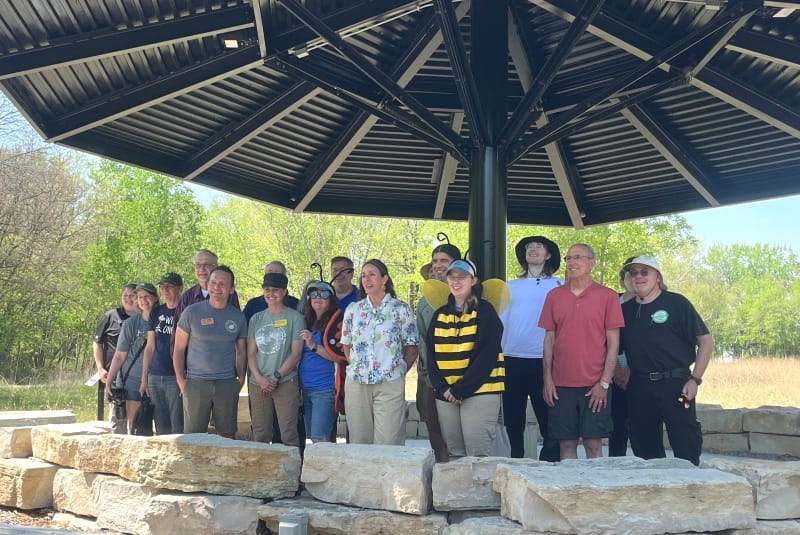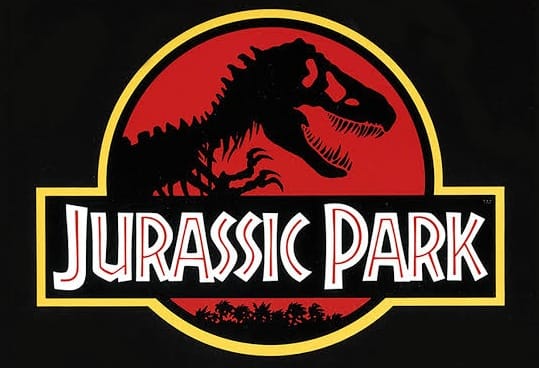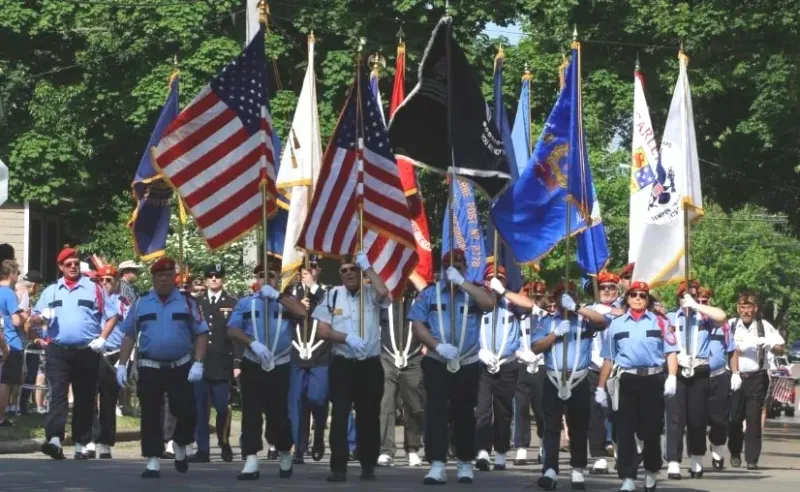Snodgrass presents set of bills that would protect pollinators and native habitats
One key bill would prohibit the Wisconsin Department of Natural Resources from using any insecticide from the neonicotinoid class on land maintained by the DNR. Neonicotinoids are a leading cause of massive bee and pollinator die-offs worldwide.

Saying it represented “a small step in ensuring we can reduce use of harmful neonicotinoids and encourage the expansion of pollinator-friendly, native habitats in Wisconsin,” State Representative Lee Snodgrass (D-Appleton) introduced the Pollinator Protection Package at a press conference at Heckrodt Wetland Reserve on May 15.
The bipartisan effort includes five bills and two resolutions aimed at protecting and encouraging pollinators and their habitats in Wisconsin. Snodgrass was joined at the event by co-sponsor Representative Vincent Miresse and Heckrodt Executive Director Luke Schiller. Other representatives who have signed on include Deb Andraca (D-Whitefish Bay), Karen DeSanto (D-Baraboo), Elijah Behnke (R-Town of Chase), Miresse (D-Stevens Point) and Senators Haybush Sinykin (D-Whitefish Bay), Brad Pfaff (D-Onalaska) and Jeff Smith (D-Brunswick)
Heckrodt Wetland Reserve is a 91-acre non-profit urban nature reserve “…with habitats including forested wetland, cattail marsh, open water, created prairie, open field, and upland forest.” The 4-acre Prairie Meadow habitat was created on a capped landfill in 2006 and provides cover and food sources for pollinators. The prairie is also home to the honeybee yard, with hives that are used to teach students about the importance and benefits of pollinators.

Representatives of Wild Ones Fox Valley Area Chapter, Clean Wisconsin and ESTHER-Fox Valley were also on hand to support the legislation.
“I’m really hoping that with this package of bills we can actually help lead Wisconsin and our country away from a climate crisis,” Miresse said. “Every little step that we’ve taken moving forward with these projects, we’re getting one step closer to taking some carbon out of the air and protecting the environment.”
The Resolutions
LRB-0555 designates June 2025 as Pollinator Awareness Month in Wisconsin. The resolution makes note of the four hundred species of native pollinators in Wisconsin and the fact that pollinators help to produce one out of every three bites of food we consume, with pollinator-dependent crops being harvested on over 100,800 acres in Wisconsin. Pollinator species have experienced population declines due to habitat loss, use of pesticides and the spread of pests and diseases, underscoring the importance of supporting bees and other pollinators on both public and private lands.
LRB-2869 enshrines the Rusty Patched Bumble Bee as the state native insect. The Rusty Patched Bumble Bee is one of 46 bumble bee species found in North America and one of 20 species found in Wisconsin. As recently as the mid-1990s, the bee was abundant across a wide range – 28 states and two Canadian provinces. Since then, the population has declined by about 80 percent and the species was declared endangered in 2017.
Wisconsin remains one of only nine states and one Canadian province where the Rusty Patched Bumble Bee is still found. In 2014-2015, Wisconsin’s Department of Agriculture, Trade and Consumer Protection led the development of the Wisconsin Pollinator Protection Plan, which provides voluntary actions that homeowners, gardeners, farmers and pesticide applicators can take to protect pollinators, including the Rusty Patched Bumble Bee.
The Bills
LRB-3042 prohibits the Wisconsin Department of Natural Resources from using any insecticide from the neonicotinoid class on land maintained by the DNR. Limited exceptions include land under existing cooperative farming agreements and forest insect control on forested lands, state forest nurseries, or seed orchards or in designated zones of infestation. Neonicotinoids are a class of synthetic neurotoxic insecticides that are used in agriculture, lawns and gardens and in flea and tick pet treatments. They were developed in the 1990s and are now the most widely used insecticides in the United States.
Even in non-lethal doses, they can weaken critical functions or induce sterility. Because these are systemic chemicals, they are absorbed into plant tissues, making the entire plant toxic. Unfortunately, only about two to five percent of the chemicals make it into the target plant, leaving 95 percent in the soil. Multiple scientific studies, including one from Cornell University and even an industry funded study, point to neonicotinoids as a leading cause of massive bee and pollinator die-offs worldwide.
LRB- 551 requires state agencies and other state governmental entities to give preference to using native prairie and forage plants to benefit pollinators. The bill would require the Wisconsin Department of Natural Resources to provide information upon request to support the initiative.
Native plants are important to the success of pollinator species because the plant and pollinator species evolved over time to be dependent on each other. Flowers evolved to be attractive to the species that pollinate them, and pollinators evolved to better feed on the flowers they visit. Non-native plants that are cultivated for other characteristics, such as unique colors or double flowers, might be inedible or inaccessible to the native pollinators. Native plants also have the advantage of being suited to the environment, being adapted to the local climate, soil and growing conditions.
LRB-556 allows local governments to regulate pesticides for the purpose of protecting pollinators and pollinator habitats. Wisconsin state law prohibits cities, villages, towns or counties from regulating pesticides, but there are numerous exceptions. This bill adds the exemption for local entities to regulate pesticides to protect pollinators and their habitat.
LRB-557 prevents plants from being labeled or advertised as beneficial to pollinators if the plant has been treated with an insecticide that contains warnings about pollinator hazards on its label. The bill would not regulate the use of insecticides but would prevent labeling of plants as beneficial if they have been treated with systemic insecticides that has a “pollinator protection box” on the label, or has a pollinator, bee or honeybee precautionary statement in the environmental hazard section of the label.
LRB-564 creates a new group for people who want to protect pollinators, allowing them to obtain specialized license plates for a fee of $25.00 in addition to the regular vehicle registration fee. The new plates would have a design covering the entire plate and include the e
Miresse hopes that with this package of bills, they can actually help lead Wisconsin and our country away from a climate crisis.
“We want to protect our natural spaces and pollinators and keep them free from encroachment of harmful pesticides and to create policy that encourages municipalities and rural communities to expand native wildflower and grass ecosystems,” he said.
Snodgrass urged Wisconsinites to contact their state senator and representative and encourage them to co-sign the five bills and two resolutions. You can find your legislators here.






